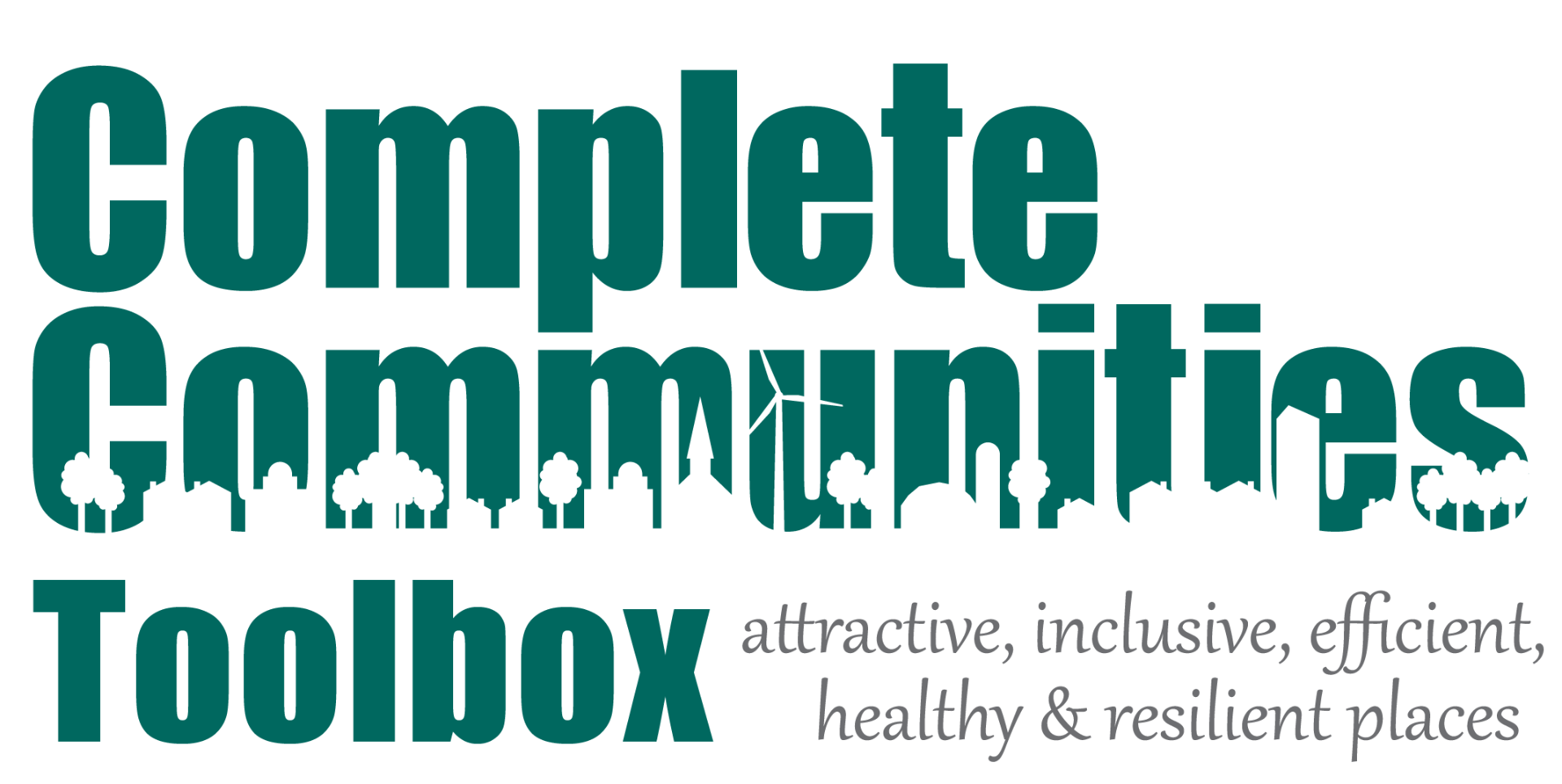Questioning the Sustainability of the American Dream
Suburbia is now home for a majority of Americans and Delawareans. Yet characterless, segregated built suburban environments have led many to question the livability and sustainability of the American Dream. Like the rest of the nation, auto-dependent travel behavior in Delaware has increased traffic congestion, commuting costs, air pollution, and government investment in costly infrastructure. Compartmentalized, built environments have limited transportation choices, opportunities for active recreation, healthy lifestyles, and access to healthy foods. Inactivity and sedentary lifestyles have contributed to skyrocketing health care costs, chronic obesity, and related diseases. Strip malls and big box centers have diminished the vitality and profitability of many central business districts (CBDs), once the hub of economic activity. Aging highway commercial corridors have become visual blight and vestiges of dysfunctional land use.
The Rise of Urban Town Centers
Even more compelling is a dramatic housing market shift away from sprawling suburbia to compact, urban town centers. Contributing factors include the decreasing size of American households, dramatic growth in the aging population, higher commuting expenses, and spiraling single-family home energy costs. These factors, combined with the recent economic recession, mortgage crisis, and collapse in housing market have increased the demand to live in compact, denser areas with convenient access to public transportation, places of employment, schools, retail shops and restaurants, recreational opportunities, and activity hubs. In addition, recent studies show there are higher levels of social capital and economic vitality associated with more walkable communities. There is greater market demand, especially among zoomers (younger baby boomers), to live in town centers that are easy to access, convenient to public transit, service oriented, perceived to be safe and clean, vibrant and active, diverse and sociable.
This schematic highlights some of the key features of a Complete Community.
Taken from: http://www01.smgov.net/cityclerk/council/agendas/2009/20091124/s2009112403-A.htm
Changing Demographics
Delaware’s changing demographics will also impact livability issues. Delaware is expected to be one of the “grayest” states in the nation and Sussex County’s senior population will double by 2030. Mobility issues are not only challenging to persons with disabilities in Delaware, but will cause additional concerns as the state’s population rapidly ages. Many retirees are relocating to Delaware’s beach resorts, age-restricted communities, and lower-cost remote or rural areas. In addition, while Delaware seniors wish to age in community, many existing and new communities are not designed to be “aging friendly.” Often, communities lack multi-modal options, walkable and transit-friendly features, universal and compact building design, a sense of safety and security, and supportive social environments. Because there is a correlation between aging and disability, many of these seniors will lose their ability to drive as they age. This will place even greater demands on Delaware’s already burdened para-transit system and other social services.
An Integrated Approach
Recently, the issue of community livability and sustainability has come to the forefront of federal transportation policy and planning. Advocates urge an integrated approach to plan for communities that provide a good quality of life and meet the needs of people of all ages, abilities, ethnicities, and income levels. This integrated approach to transportation planning, land use planning, and community design—called Complete Communities—is also gaining momentum at the state and local government levels. According to University of Arizona urban planning professor Gary Pivo, the objective of complete communities is, “to use less land and reduce the separation of land uses in order to achieve a variety of values including open space protection, community vitality, affordable housing, air quality, transit use, and more walkable places.”


